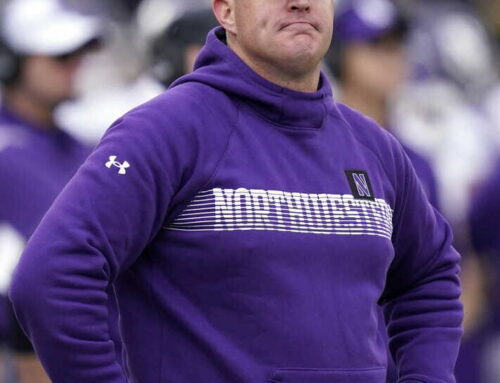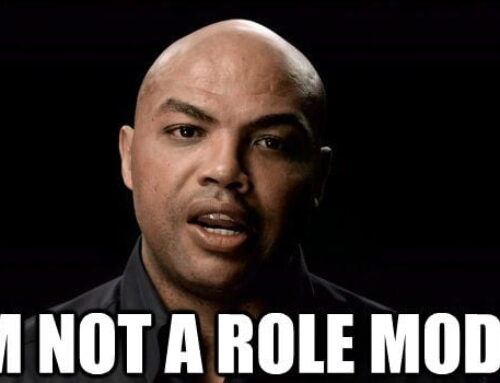Given the complexity of sport at the moment, the most important people in the leadership paradigm may be that of middle management leaders, otherwise known as team captains or leadership group members. Has there ever been a time when we needed “glue” to keep teams connected more than now? Isn’t it safe to say that there is more turbulence taking place above and below our captains than in recent memory? And, maybe most importantly, are they armed and dangerous with the skills required to be great leaders as they serve their teammates and coaches?
The Current Coaching Story – For many reasons, inappropriate behaviour by coaches seems to be a weekly headline at the moment. The news is frequently difficult to digest, but the opportunity that is presenting itself is that unacceptable coaching behaviour will be tolerated less often by athletes, peer coaches, parents and sport leaders – making for a better athlete environment. However, the unintended consequence, in the short-term, is that some coaches who are really committed to doing the right thing are on edge as they may not be sure what is acceptable or unacceptable behaviour. In turn, this may shift them from being highly effective to something less than that. The world needs talented coaches doing what they do best for their programs and athletes, not talented coaches who feel stifled and unsure.
The Current Athlete Story – Couple this with the new way in which athletes are looking at their position in the sporting hierarchy. Like employees all over the world, athletes are asking the following questions: “Shouldn’t I have more involvement in team plans? Is my coach pushing me to improve or is this borderline abuse? What are my options to express my concern or displeasure?” Athletes are, “rising up” and much good will come of this, but, as with all change, there will be bumps along the way.
The Captain’s Story – Coaches are trying to show up “better” than ever before while still driving their teams to fulfil their potential, as the voice of the athlete, appropriately so in many ways, is shifting. One could think of this situation as two separate parties (the coaches and the athletes) trying to negotiate a new long-term contract. While this is taking place, who might we need to help holds things together? Well, those that have the opportunity to have the greatest impact are the leaders within the athlete group. The captains or team leaders that are tagged by the coach to lead the troops. The assignment isn’t anything new, but the playing field is!
Let’s be clear from 30,000 feet what their leadership world looks like. They have to work in three directions. Each direction has its own unique challenges. UP is often seen as the most complicated but it may be the most important, particularly now as coaches will be operating blindly without feedback. As well, they require support from captains in order to ensure athlete accountability to standards and principles. DOWN is the direction most people think a captain should focus on, but it is nuanced, complicated work when dealing with a big team. And, OUT, is critically important so as to establish alignment across the middle management spectrum.
It goes without saying, that the captains are right in the thick things. But what are their detailed core duties, the skills required to perform these and the inherent challenges that exist? Historically, coaches have selected captains/team leaders based on the assumption that they have the ability to deal with the duties, execute the skills and work through the challenges better than other players. In many instances, this was and is the case. But with the current shift, do these critically important leaders clearly understand their purpose and are they in possession of most of the skills required to be truly great?
This isn’t an exhaustive list, but it should provide pause for thought…
Coaches and leaders have you created an environment that allows your captains to thrive in the new sporting world? The time has long passed that one assumes that middle management leaders have clarity on their roles and naturally have all of the skills required to thrive. Now is the time to establish clarity and invest in these athlete leaders. It might be the case that one of the very best investments you can make is in these uniquely positioned leaders, both for their own long-term benefit and the sustainable success of you team.









